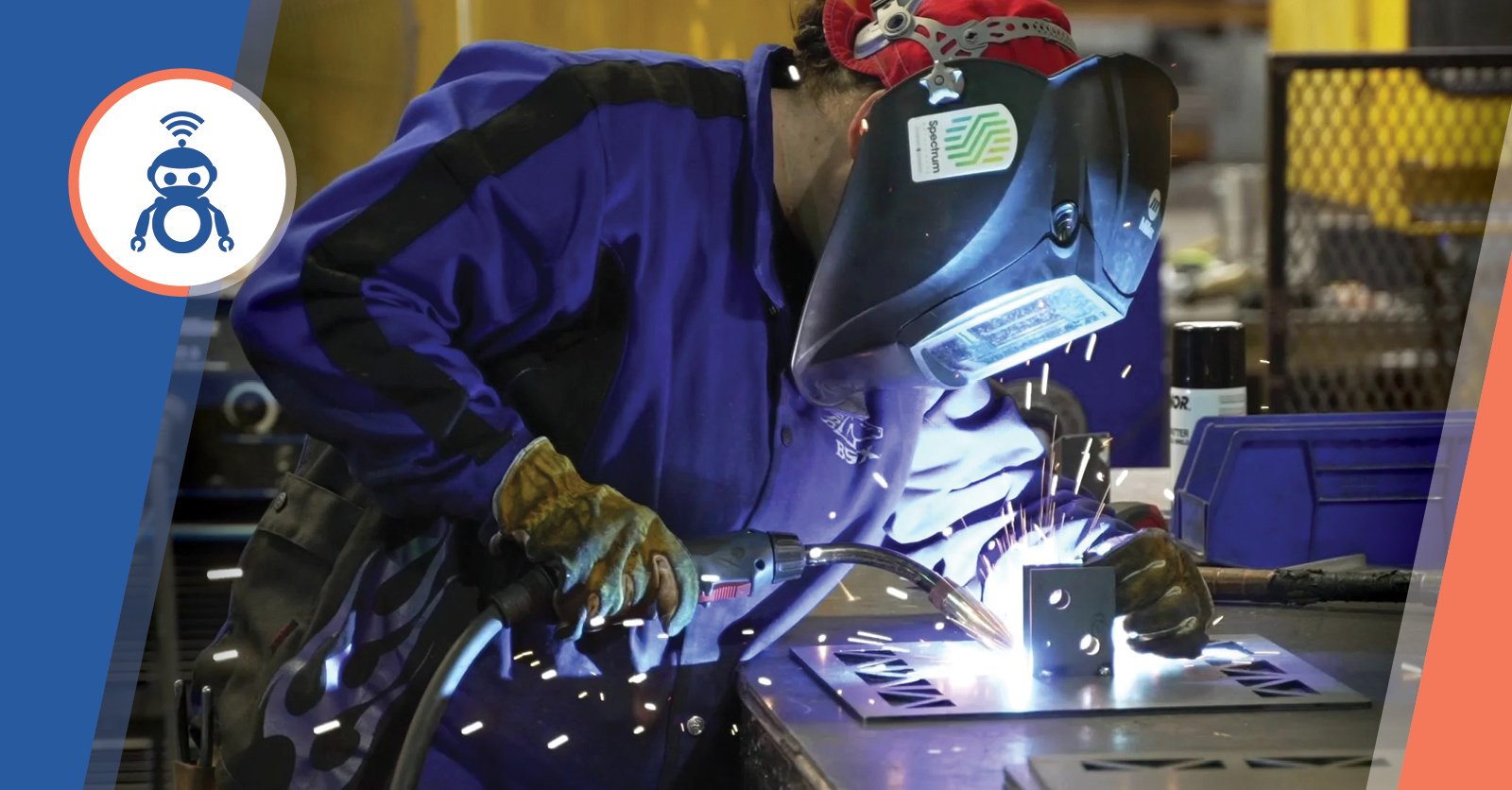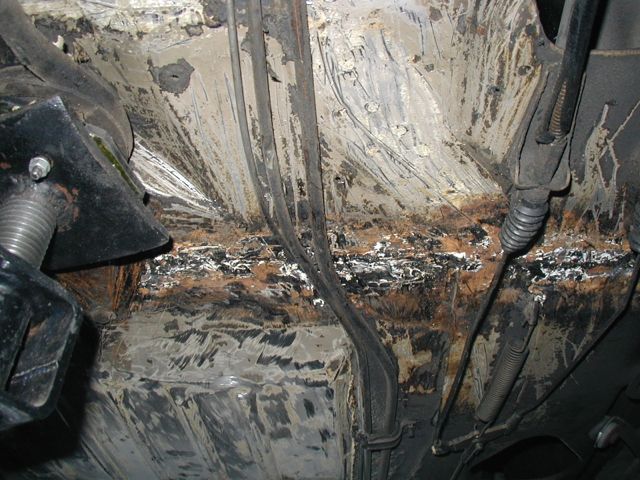Usual Welding Repair Work Issues and Just How to Address Them Efficiently
Welding repairs commonly encounter a variety of problems that can threaten the integrity of the final item. Common issues include inadequate penetration, porosity, and misalignment, amongst others. Each issue provides special challenges that need particular methods for resolution. Understanding these problems is necessary for welders intending to enhance their abilities and outcomes. This conversation will check out these common welding repair work issues and effective techniques to address them.
Poor Infiltration
Poor penetration takes place when the weld steel falls short to completely fuse with the base product, resulting in weak joints and potential structural failings. This concern often stems from not enough heat input, inaccurate electrode angle, or incorrect welding rate. Welders might experience insufficient penetration as a result of a mistake of the needed criteria for a details material thickness or type. In addition, contamination on the base material's surface area can hinder reliable bonding, worsening the issue. To attend to poor penetration, welders need to assure suitable setups on their equipment and maintain a tidy job surface. Normal assessment of welds is recommended to determine any deficiencies early, enabling timely corrections and the prevention of compromised architectural integrity in welded settings up.
Porosity
Porosity is a typical flaw in bonded joints that shows up as little gas bubbles caught within the weld metal. This problem can endanger the honesty of the weld, leading to decreased toughness and possible failing under tension. Montana Mobile Welding and Repair Belgrade Welding. Porosity normally occurs from contamination, wetness, or inappropriate welding methods, which enable gases to escape right into the liquified weld swimming pool. To address porosity, welders should guarantee correct surface prep work, maintain a clean functioning setting, and use suitable welding parameters. Additionally, choosing the right filler material and shielding gas can alleviate gas entrapment. Normal inspection and testing of welds can help identify porosity early, ensuring timely restorative actions are taken, consequently maintaining the quality and reliability of the welded structure
Imbalance
Misalignment in welding can develop from numerous aspects, consisting of inappropriate configuration and thermal expansion. Understanding the root creates is important for reliable resolution. Numerous correction techniques are readily available to realign parts and guarantee architectural integrity.
Causes of Imbalance
Welding imbalance usually originates from a range of underlying problems that can endanger architectural stability. One key cause is inappropriate fit-up of elements prior to welding, which can bring about gaps and irregular surfaces. Variants in thermal expansion during the welding procedure can likewise result in distortion, especially if the materials being joined have various coefficients of development. Furthermore, inadequate securing and fixturing might fail to hold parts safely in area, causing movement during welding. Improperly maintained devices, consisting of welding machines and tools, may introduce disparities in the weld grain, additional adding to imbalance. Finally, operator mistake, stemming from insufficient training or experience, can additionally play a substantial function in producing misaligned welds.
Improvement Techniques Available
Addressing imbalance successfully needs a mix of rehabilitative strategies customized to the particular issues available. One typical method is the usage of components or jigs to hold elements in the right placement during welding, ensuring regular alignment. Furthermore, pre-heating the products can assist minimize distortion and improve fit-up. For significant misalignment, mechanical adjustment strategies, such as making use of hydraulic jacks or clamps, can be utilized to correct the setting prior to welding. Post-weld warm treatment may also be needed to relieve stress and anxieties triggered by imbalance. Ultimately, cautious assessment and adjustment throughout the configuration stage can protect against imbalance issues from ending up being substantial issues, advertising a smoother welding process and enhancing general structural stability.
Distortion
Distortion is a typical obstacle in welding that can occur from numerous variables, consisting of unequal home heating and cooling. Recognizing the reasons for distortion is crucial for implementing reliable prevention methods. Resolving this issue not just boosts architectural integrity however likewise boosts the general quality of the weld.
Sources of Distortion
When based on the extreme warm of welding, products often go through adjustments that can result in distortion. This sensation primarily develops from thermal growth and contraction during the welding procedure. As the weld area heats up, the material expands; upon air conditioning, it acquires, which can produce inner anxieties. Additionally, irregular home heating throughout a workpiece can worsen these stresses, causing warping or bending. The type of product additionally plays a significant duty; steels with varying thermal conductivity and coefficients of expansion may respond differently, resulting in unforeseeable distortions. Additionally, poor joint design and insufficient fixturing can add to imbalance during welding, increasing the possibility of distortion. Understanding these reasons is crucial for reliable welding repair and avoidance approaches.
Prevention Techniques
Effective prevention strategies for distortion throughout welding focus on regulating heat input and making sure correct joint design. Keeping a constant heat input helps to reduce thermal development and tightening, which can lead to distortion. Using techniques such as preheating the work surface can likewise lower the temperature slope, advertising uniform heating. Additionally, selecting here ideal joint designs, such as T-joints or lap joints, can improve stability and lower tension concentrations. Executing correct fixturing to protect the workpieces in position better aids in preserving positioning throughout the welding process. Finally, staggered welding sequences can disperse warmth a lot more uniformly, stopping localized distortion. By using these techniques, welders can greatly reduce the chance of distortion and enhance the total quality of their welds.
Breaking
Fracturing is an usual problem experienced in welding repair work, typically arising from different factors such as incorrect air conditioning prices, product choice, or insufficient joint preparation. The incident of fractures can greatly compromise the honesty of the weld, bring about prospective failings during procedure. To resolve this problem, welders must first analyze the source, guaranteeing that products are suitable and properly selected for the specific application. In addition, regulating the cooling rate during the welding procedure is crucial; fast cooling can generate stress and lead to fracturing. Correct joint style and prep work likewise add to lessening the threat. Executing these techniques can boost weld top quality and sturdiness, ultimately lowering the possibility of cracking in ended up weldments.

Incomplete Blend
A considerable concern in welding fixings is insufficient combination, which takes place when the weld metal does not properly bond with the base material or previous weld passes - Belgrade Welding. This defect can result in weaknesses in the joint, potentially jeopardizing the honesty of the bonded framework. Variables adding to insufficient combination consist of inadequate warmth input, incorrect welding technique, and contamination of the surface areas being joined. To address this problem successfully, welders need to ensure browse this site proper pre-weld cleansing inverter mig welder and surface area prep work, in addition to change their welding parameters to achieve ample penetration and fusion. Regular inspection throughout the welding process can also help identify insufficient fusion early, permitting prompt corrective procedures to enhance the general quality of the weld
Overheating
While welding repairs can boost architectural stability, overheating presents a substantial obstacle that can bring about material destruction. Extreme warm throughout welding can modify the mechanical buildings of steels, resulting in reduced toughness, boosted brittleness, and warping. This phenomenon is especially essential in high-stress applications where structural integrity is critical. Recognizing overheating can involve visual assessments for discoloration or distortion, in addition to monitoring temperature during the welding procedure. To reduce the dangers related to getting too hot, welders need to utilize suitable techniques, such as regulating heat input, adjusting travel rate, and using appropriate filler products. Additionally, implementing pre- and post-weld heat therapies can assist recover material residential properties and boost the total high quality of the fixing, making certain long-term performance and security.
Frequently Asked Inquiries
What Are the Common Indications of a Welding Defect?

Exactly How Can I Evaluate My Welds for Quality?
To check welds for top quality, one can make use of aesthetic assessments, ultrasonic screening, and radiographic methods. Each strategy assures structural integrity, determines issues, and validates adherence to specified criteria, ultimately enhancing the reliability of the bonded joints.
What Safety Safety Measures Should I Take While Welding?
When welding, one must focus on security by wearing suitable individual protective tools, guaranteeing correct air flow, protecting flammable materials away, maintaining a tidy work area, and recognizing environments to stop injuries and mishaps.
Can I Fix a Weld Without Redoing the Entire Joint?
Fixing a weld without remodeling the whole joint is possible, relying on the damage (Welding). Strategies such as grinding, adding filler material, or making use of a welding procedure can effectively deal with particular defects while protecting the bordering structure
What Devices Are Necessary for Effective Welding Services?
Important devices for reliable welding repair work consist of a welding maker, cord brush, grinder, safety equipment, clamps, and filler materials. Each tool plays a vital duty in ensuring high quality and safety during the repair work process. Porosity generally occurs from contamination, dampness, or inappropriate welding methods, which enable gases to run away right into the molten weld swimming pool. Poorly conserved tools, consisting of welding equipments and devices, may present disparities in the weld bead, further contributing to misalignment. When subjected to the extreme warm of welding, materials typically undertake adjustments that can lead to distortion. Fracturing is an usual concern experienced in welding fixings, often resulting from numerous elements such as incorrect cooling rates, product selection, or inadequate joint preparation. A significant issue in welding repair work is incomplete blend, which happens when the weld steel does not sufficiently bond with the base product or previous weld passes.